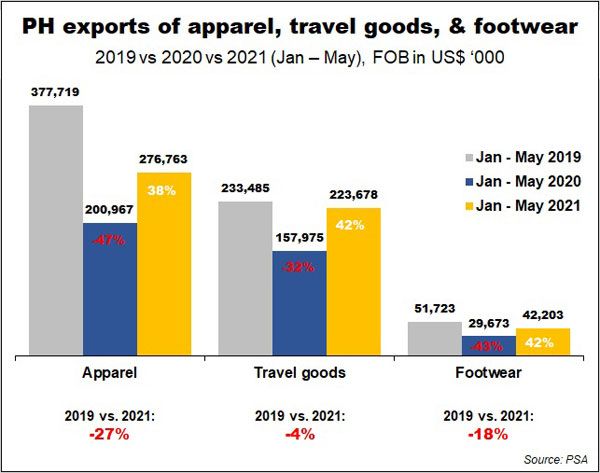The National Economic and Development Authority (NEDA) has highlighted the importance of being able to provide basic services to the country’s entire population as the Philippines logged more people in 2020.
However, the country has been recording slower population growth rates in recent decades.
Karl Kendrick Chua, National Economic and Development Authority (NEDA) secretary, said in a virtual briefing yesterday that, usually, when countries develop and move up the income ladder, the population growth falls.
“(Meanwhile) some countries see significant decline, and that also affects their demographic composition… and aging in those countries, does not really help in their economic growth… There is a balancing that we are seeing. In general, for a country like the Philippines, the slower population growth is consistent with the increase in the income of the people and the country,” Chua said in a virtual briefing yesterday.
“In the end, the main question we need to ask is whether we can provide and improve the productivity of the additional people,” he added.
The Philippine Statistics Authority (PSA) yesterday reported the Philippine population increased by 1.63 percent annually from 2015 to 2020.
By comparison, the rate at which the country’s population grew from 2010 to 2015 was higher at 1.72 percent.
Based on the 2020 Census of Population and Housing, the PSA said the Philippine population as of May 1 is 109 million representing the total number of persons living in the 17 administrative regions of the country, including Filipinos in Philippine embassies, consulates and missions abroad.
The 2020 population is higher by 8.05 million from the population of 100.98 million in 2015. This is also more than 16.7 million compared with the population of 92.34 million in 2010.
Claire Dennis Mapa, national statistician, noted a trend of slowing population growth rate over the past decades.
“One of the reasons is the preference of many families to have smaller family size but this (the 2020 results) is not unique, because we are seeing a downtrend in terms of population growth for several censuses already,” Mapa said.
Chua said the government will use the results of the census, together with other data, to see whether the Reproductive Health Law is showing progress.
“Right now, what I can see from the initial data is there is progress in our reproductive health program, total fertility rate is falling, more women are more educated and are better managing their families, and the population growth is also falling,” Chua said.
“(However) the population growth that is reported here includes the gross births less the deaths, so we have to do some analysis, but the data is showing progress in our reproductive health program,” he added.
Chua said there is “no ideal population growth,” but what is important is that basic services are provided to the people.
“You know there are countries with high population growth, and that contributes to their economic problems, in particular high rates of poverty, but there are countries with low population growth, and they also have lower potential for growth because of aging,” Chua said.
“So the most important for me is that the population growth is supported actually by improving services for the people to improve their human capital so that they can become productive,” he added.
The PSA said of the 17 administrative regions, Calabarzon had the biggest population in 2020 with 16.2 million, followed by the National Capital Region with 13.48 million and Central Luzon with 12.42 million.
The combined population of these three regions accounted for about 38.6 percent of the Philippine population in 2020.
The least populated region was the Cordillera Administrative Region with 1.8 million or about 1.6 percent of the total population of the country.
From 2015 to 2020, the Bangsamoro Autonomous Region in Muslim Mindanao was the fastest growing region with an annual population growth rate of 3.26 percent.
It was followed by Calabarzon with 2.48 percent, Central Luzon with 2.17 percent, Central Visayas with 1.88 percent and Mimaropa Region with 1.82 percent.
Eastern Visayas, meanwhile, posted the lowest population growth rate of 0.50 percent.





